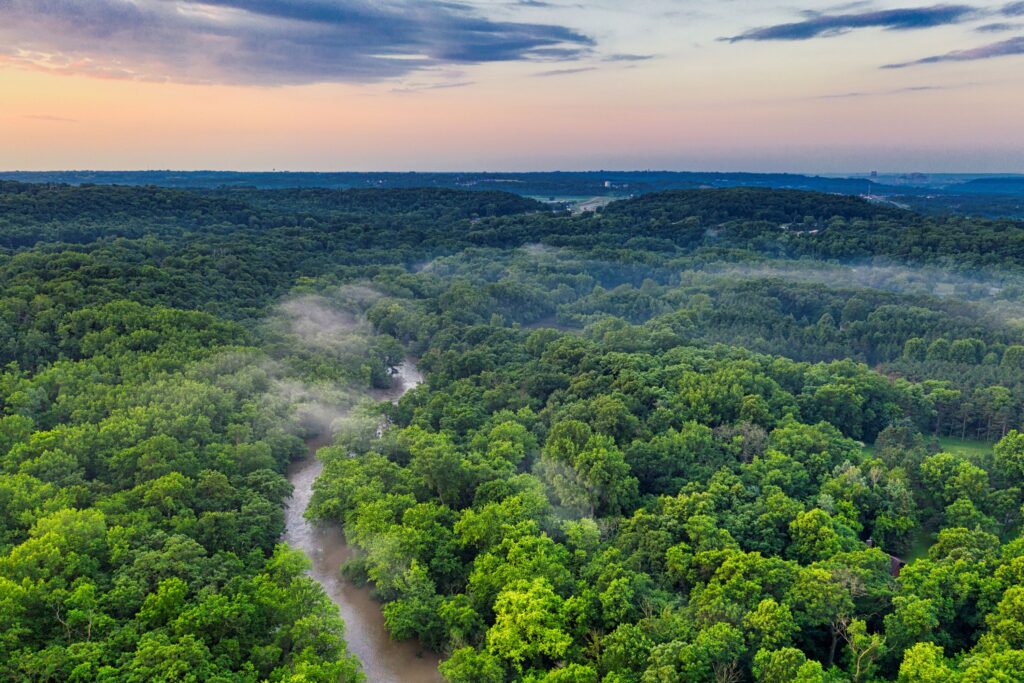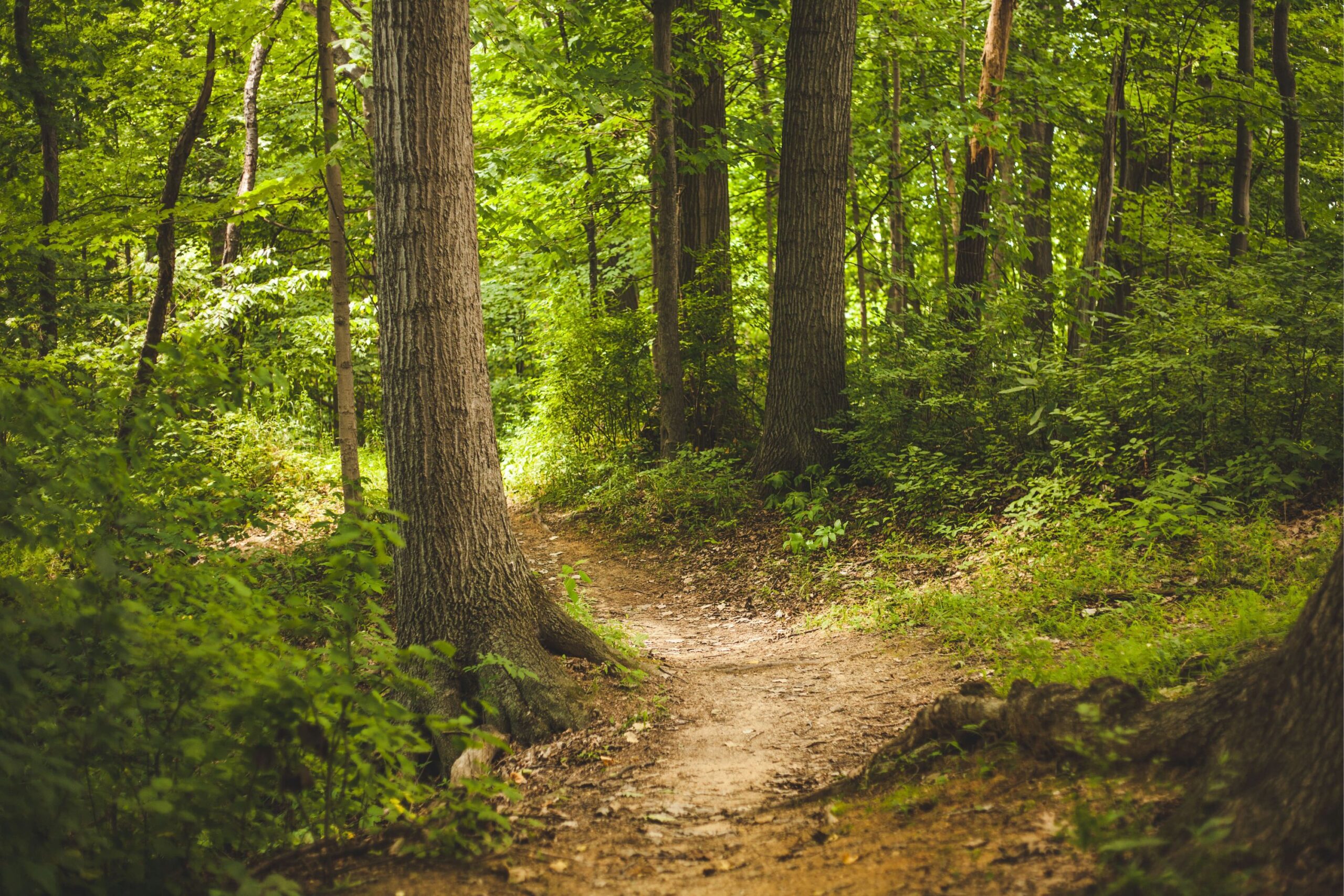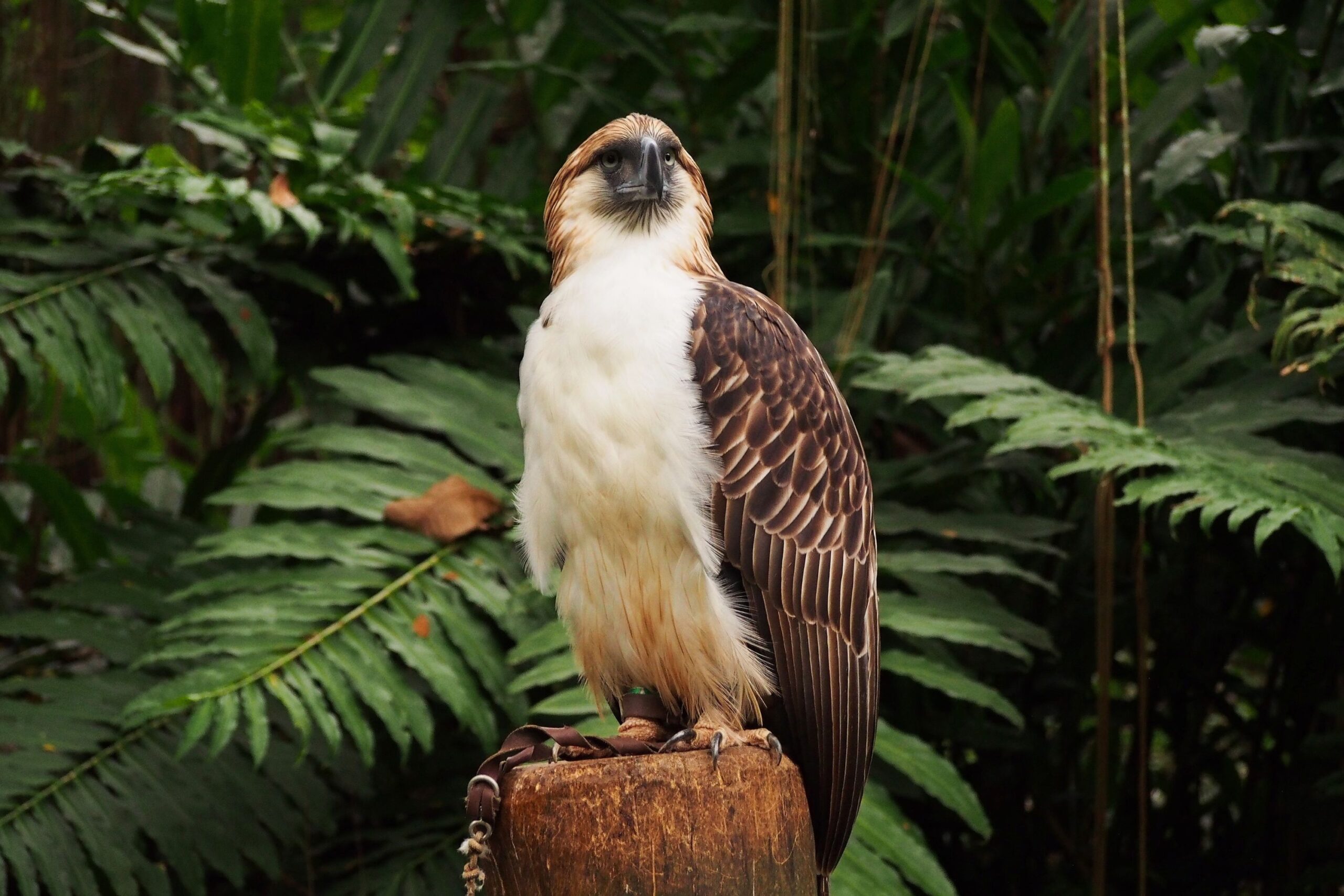Climate change is one of the greatest challenges facing our planet today, and it is up to all of us to take action to combat it now. While individuals, organisations, and different governments all have a role to play, the youth of today will play an especially important role in shaping our future response to climate change.
As the inheritors of a planet that is rapidly changing, young people have a unique chance in ensuring that our planet remains healthy and habitable for future generations. Let’s explore the role of youth in combating climate change, highlighting the ways in which young people are taking action, advocating for change, and driving innovation to address this critical issue.
Youth plays a critical role in combating climate change, and their unique perspective and qualities are essential to creating a sustainable future.
Young people are passionate about the environment and the future of the planet, and they bring a sense of urgency and energy to the climate change conversation. This passion and energy can help to drive action and create momentum for change.
Young people are often creative and innovative in their way of thinking, which can be especially important when it comes to finding new solutions to climate change. They are not bound by the same traditional ways of thinking as previous generations, and are more likely to explore unconventional solutions.
Young people are often more comfortable with digital technology than previous generations. This can be extremely helpful to create effective campaigns and share messages about climate action on social media and other digital platforms.
Youth brings a unique set of qualities and perspectives to the climate change debate. It is essential that we empower and support young people to take action now, as they are the ones who will ultimately be responsible for creating a sustainable future for our planet.
How can we engage youth in climate action?
Engaging young people in climate action is essential for combating climate change and ensuring a sustainable future. Here are some ways that we can engage youth in climate action:
- Engagement through education and awareness: incorporating climate change education into school curriculums, organising climate-related events and workshops, and creating educational resources for young people to learn more about climate change.
- Empowering young people to take the lead in climate action by creating and supporting youth-led initiatives can be incredibly effective and can include youth-led campaigns, and activism, as well as youth-led projects focused on sustainability, renewable energy, and other climate solutions.
- Young people can engage themselves in climate action by getting involved in political processes such as voting, running for office, and lobbying for policies that support sustainability and climate action.
- Engagement in climate action through collaborations and partnerships with other organizations, businesses, and government agencies. These can be partnerships focused on sustainability and environmental initiatives, as well as opportunities for young people to work with experts in this field.
- Providing young people with opportunities to take action on climate change and thereby encourage them to engage in the issues. These can include volunteer opportunities, internships, and other experiences focused on sustainability and climate action.
- Engaging young people in climate action, can ensure that the next generations are empowered to take a leading role in combating climate change and creating a more sustainable future for the future generations.
What are youth movements for climate justice?
Youth movements for climate justice are an important force in the fight against climate change. These movements are often led by young people who are passionate about the environment and the future of our planet, and are demanding actions from the governments and corporations to address the urgent threat of climate change.
One of the most prominent youth-led climate movements is Fridays for Future, started by Swedish teenager Greta Thunberg. Fridays for Future began in 2018 as a school strike for climate action, and has grown into a global movement with thousands of youth-led demonstrations around the world.
Another prominent youth-led movement is the Sunrise Movement, a U.S.-based organization focused on fighting climate change and creating green jobs. The Sunrise Movement has been pushing for the Green New Deal, a comprehensive plan to address climate change and economic inequality.
These youth movements for climate justice are often characterised by their passion, creativity, and willingness to take direct action to demand change. They use social media and other digital platforms to amplify their message and organise mass protests and other events.
In addition to organising demonstrations and direct action, youth movements for climate justice also engage in advocacy and lobbying efforts to push for policy changes at local, national, and international levels. They work to build coalitions with other environmental and social justice groups to create a broader movement for climate action.
Youth movements for climate justice are an important force in the fight against climate change, and are bringing much-needed attention and urgency to this critical issue. It is essential that we continue to support the voices of young people in the climate change conversation, as they are the ones who will ultimately be responsible for creating a sustainable future for the planet.

Conclusion
The role of youth in combating climate change is crucial for creating a sustainable future for the planet. Young people bring a unique perspective and set of qualities to the climate change issue, their passion, creativity, and long-term stake in the future of the planet. Youth-led movements for climate justice, such as Fridays for Future and the Sunrise Movement, are driving action and demanding change from governments and corporations around the world.
We must continue to support and empower young people in the fight against climate change, as they are the ones who will be most impacted by the effects of climate change in the future. By amplifying their voices and providing them with the resources and tools which they need to take action, we can build a more just and sustainable future for all. Together, we can work towards a world where everyone can thrive while living in harmony with the planet.
Team WCYDo is doing its bit to engage young people (our primary demographic) in a greater awareness of the United Nations’ 17 Sustainable Development Goals and to adopt small Actions that will enable People (both young & old) to “Get Involved! Make A Difference! Make Some NOISE!”






